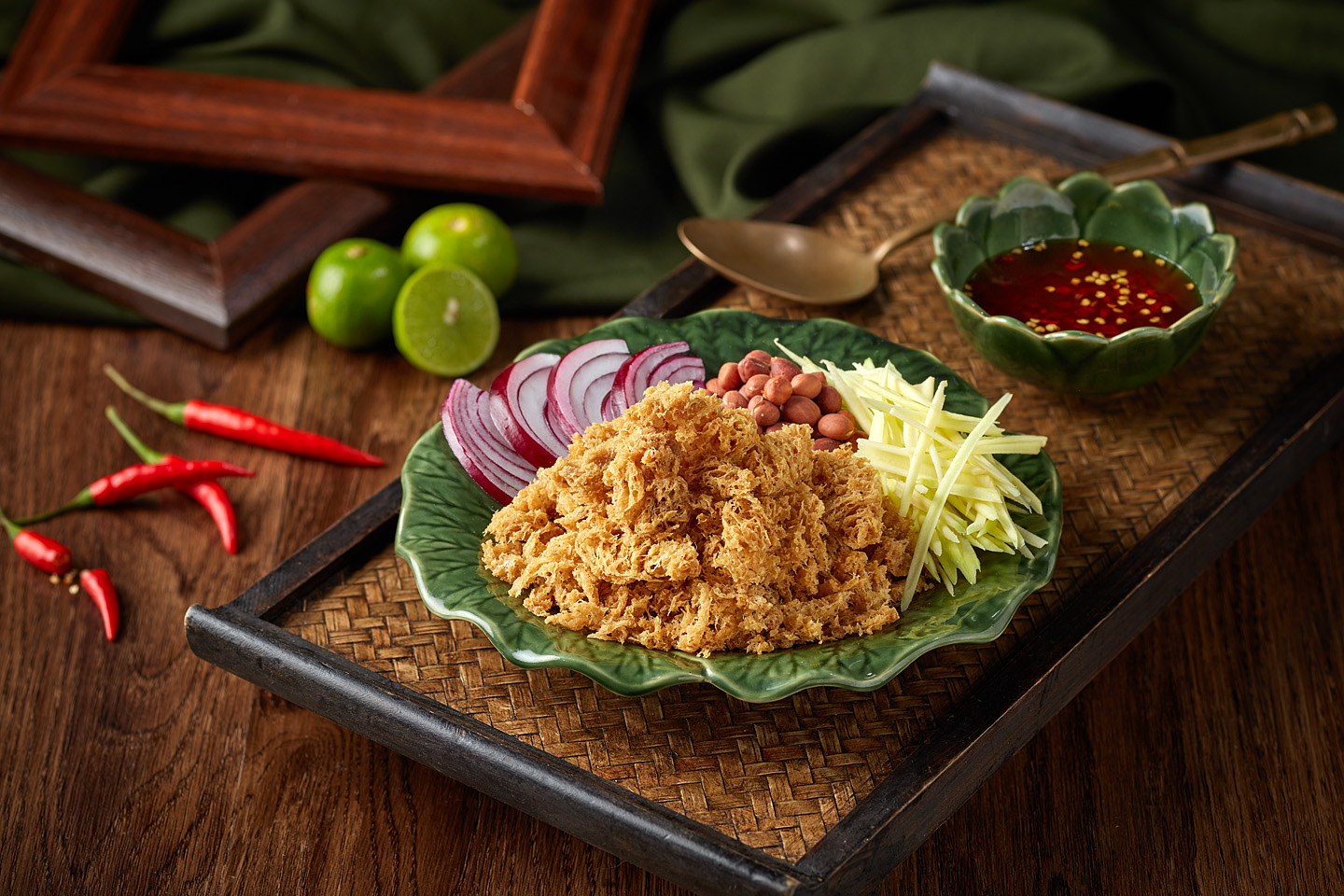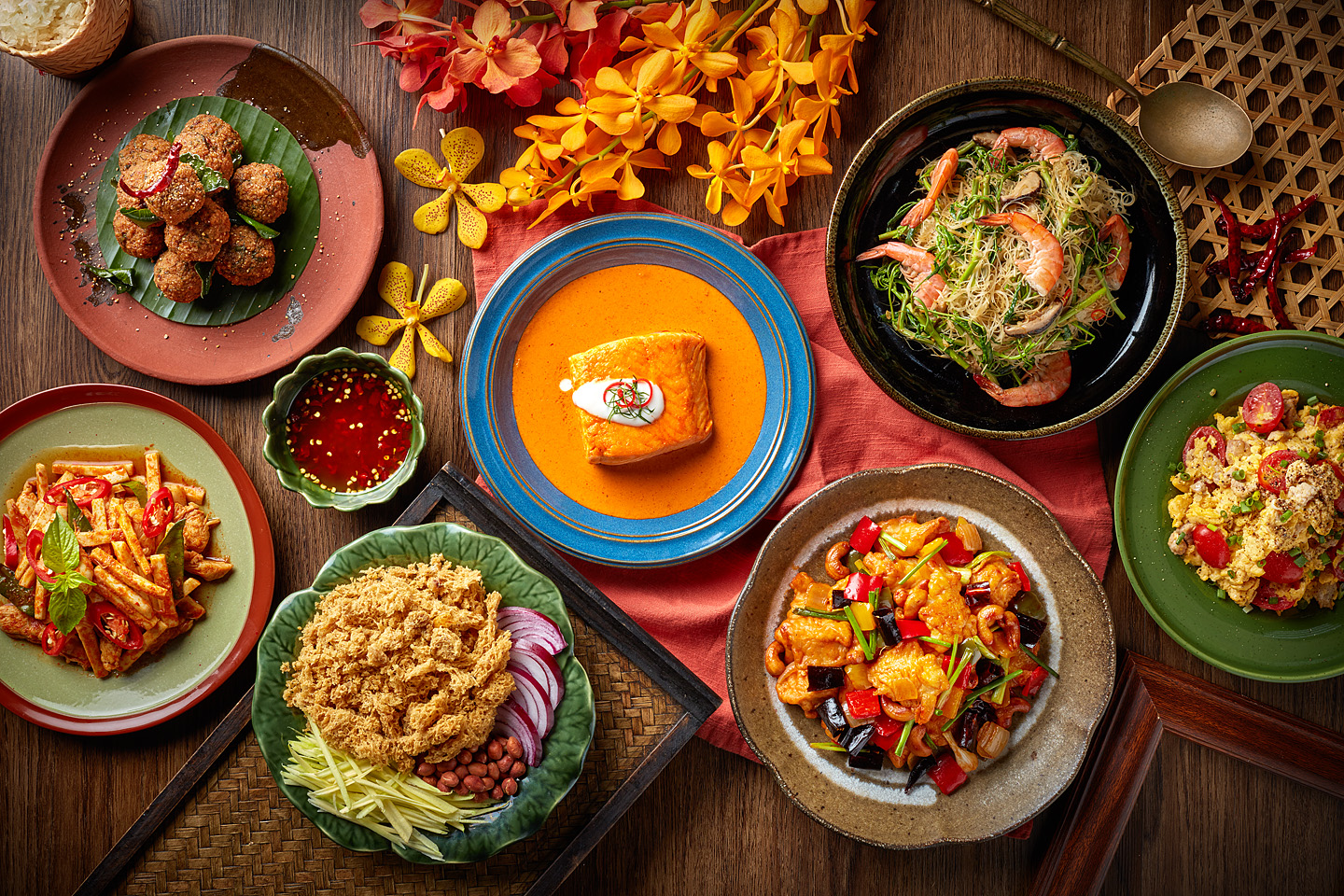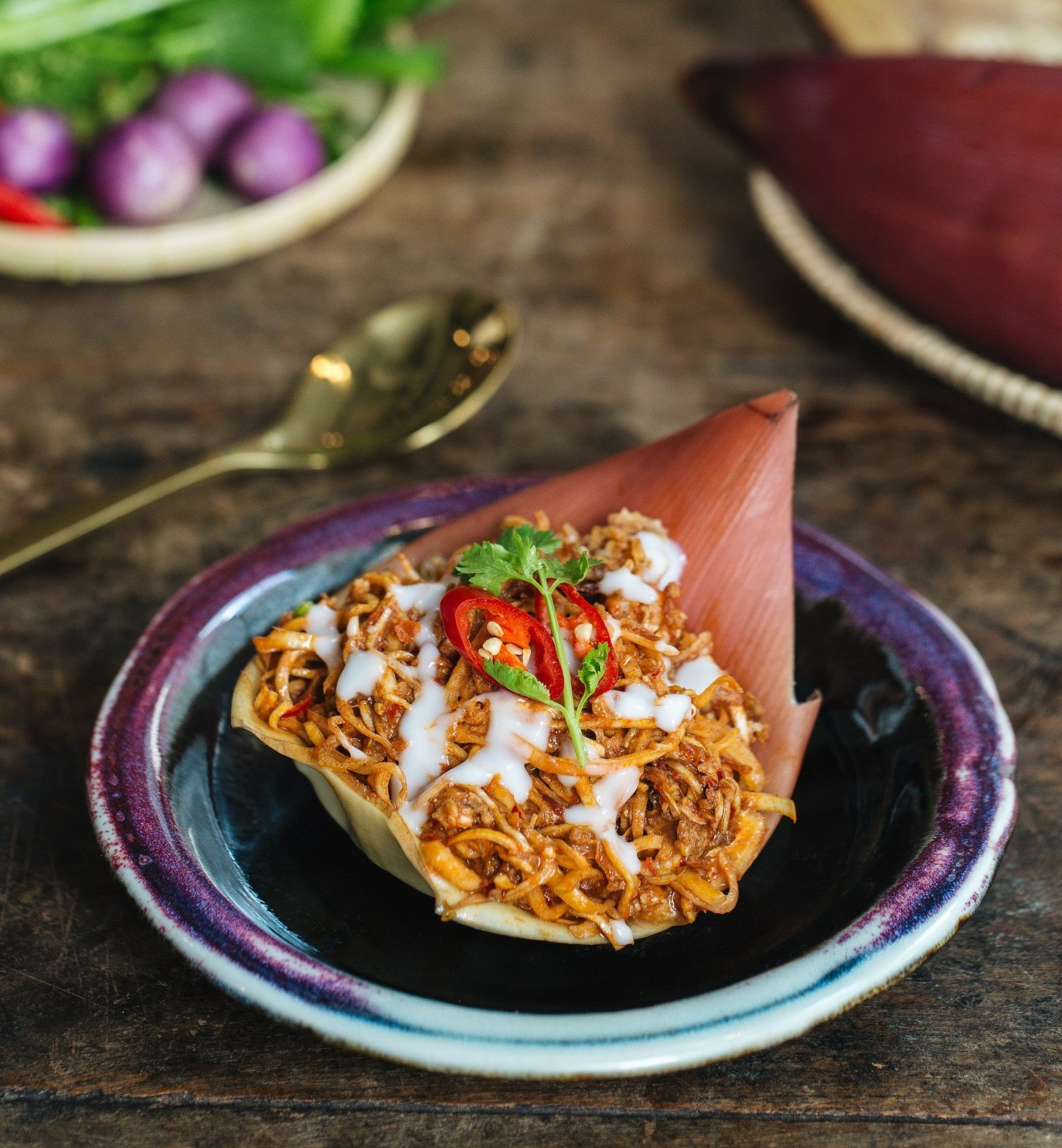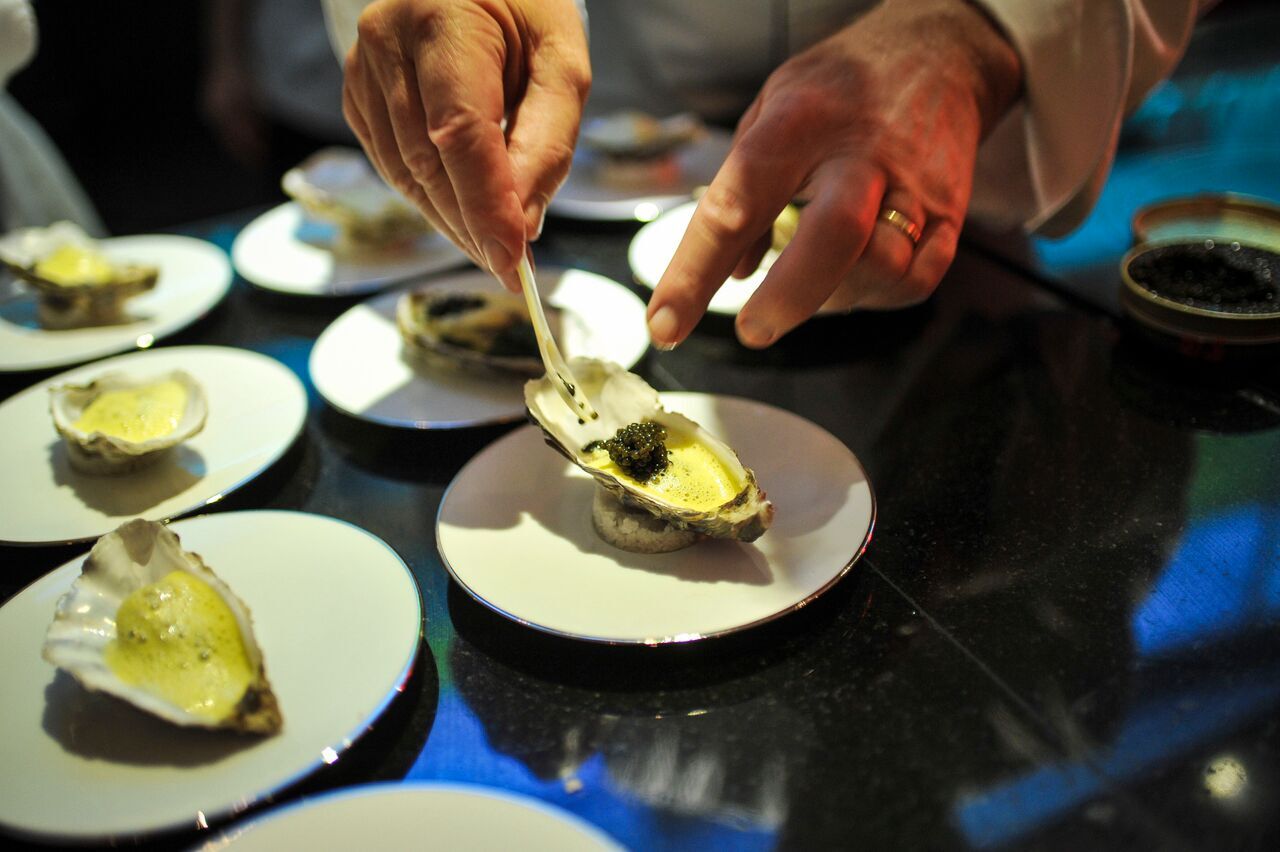Pick the Right Olive Oil for Thai Recipes
There are virgin, extra virgin, light, extra light and simply just olive oil. We all may know that olive oil has many great health benefits, like lowering cholesterol and protecting against diabetes, so to help Thai food-lovers, home chefs and olive oil newbies to be confident when picking the right kind of olive oil for your favorite Thai dishes, here is the ultimate olive oil guide.
Thankfully, high-quality olive oils nowadays come with smart packaging – a trend that adds to the communication function of traditional packaging, to help provide essential product information for consumers. Here are five ‘pro tips’ that will help you read every olive oil label more easily to make well-informed choices about the heart-healthy bottle you buy.

Indications for Use
So what type of olive oil should you use in your Thai cooking? It very much depends on what you are cooking. Olive oil is a highly versatile ingredient, perfect for marinating meats, frying, sautéing, deep frying, making desserts and cooking a myriad of your favorite Thai dishes, from phad kra pao, fried rice, stir-fried vegetables to Massaman. Not only that, olive oil is a healthy choice for cooking, it also enhances the deep, rich flavors of Thai cuisine.
PRO TIPS
- Extra Virgin Olive Oil: It’s easy to remember that the naturally full-bodied fruity flavor of extra virgin olive oil can be used straight from the bottle as it is best served unheated and will therefore be very flavorful when used on marinades, soups and sauces, or to make a delectable dip. Fragrant and with a well-rounded taste, extra virgin olive oil gives a rich taste to Thai menu like grilled pork neck without overpowering other ingredients.
- Olive Oil: This mild-tasting olive oil is versatile enough to be used in almost every cooking occasion. With a golden hue and slight flavor, it’s perfect for deep-frying, roasting, oven baking and grilling. Cooking hoy tod, phad thai, phad see ew or crispy catfish with olive oil helps impart a delicious nuance to the dishes.
- Extra Light Tasting Olive Oil: Light in flavor as the name conveys, the extra light tasting olive oil is an all-purpose cooking oil and perfect for high-heat cooking such as stir-frying and deep-frying – perfect to replace any vegetable oils because of its versality and a healthier alternative. It is thus perfect for frying and sautéing such Thai staples as kai jiao, phad kra pao, stir-fried vegetables and fried rice.

Heat Guide
The important thing about cooking with any oil (not just olive) is not to heat the oil over its smoke point. Having heat guide on the bottle is useful for buyers to make the right choice when cooking. Smoke point is the temperature at which it stops sizzling and starts burning, affecting taste. The higher the smoke point, the better it is for high heat cooking and grilling.
PRO TIPS
- Although there has been a myth that olive oil cannot be heated to high levels, if we look at other oil’s smoke points, extra light olive oil is higher than canola, soybean, corn, peanut, palm and coconut oils.
- While deep frying oil temperature is approximately 375 °F (191°C), now, it’s good to know now that extra virgin olive oil is up to 392°F/200°C, extra light tasting olive oil can bear up to 410°F/210°C and olive oil has the highest smoke point at 410°F/210°C.
- Storage Information
Just like any natural product, you should be aware to store your olive oil well to maintain its best qualities. Look for a date stamp or harvest date as olive oil is good for about two years if stored in optimum conditions.
PRO TIPS
- The best way to store Olive oil in order to maintain its unique qualities is to keep your oil in a dark, room-temperature cupboard, or in the refrigerator if you use it infrequently.
- Do not keep it next to the stove where the high heat can damage it.
- Make sure you close the cap tightly after use to maintain ultimate freshness.
Cr. Bertolli founded in the small Tuscan town of Lucca, Italy.







